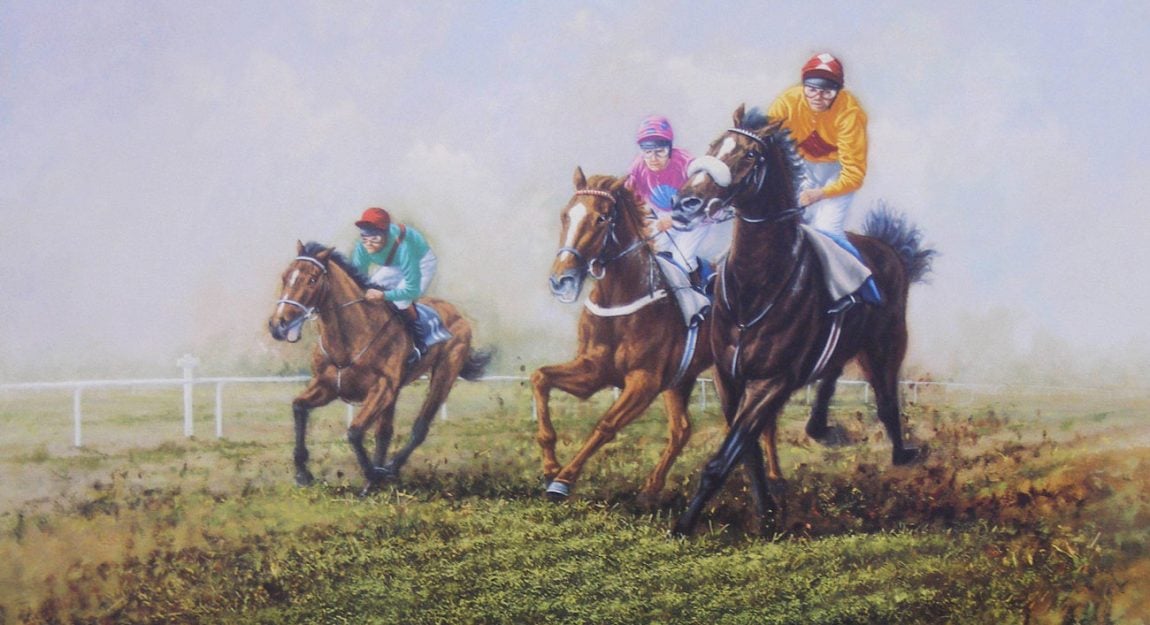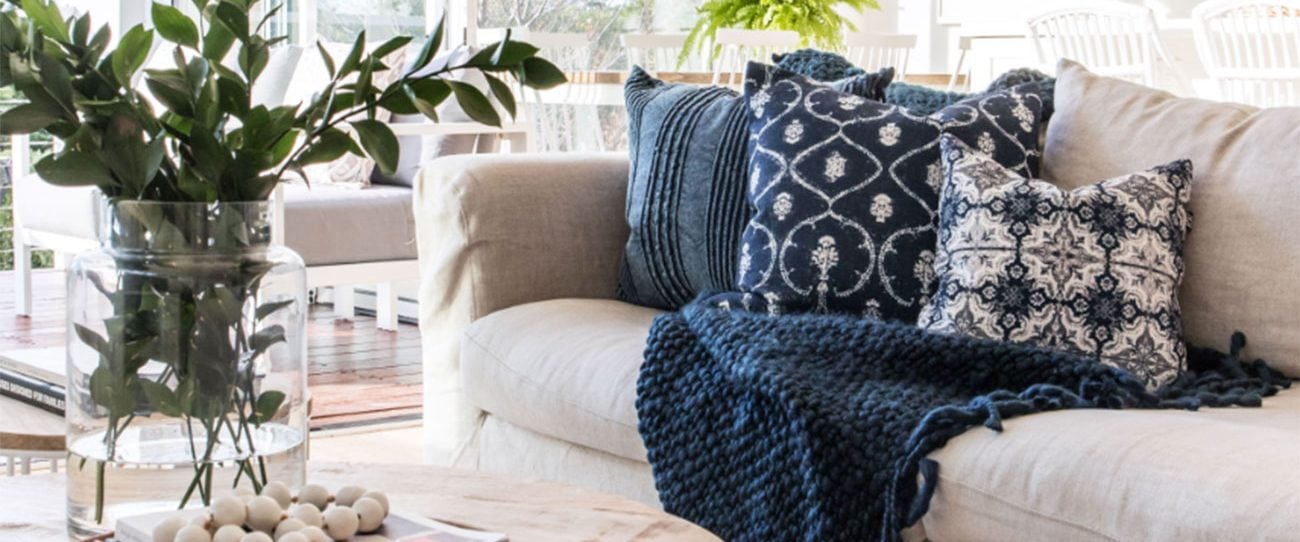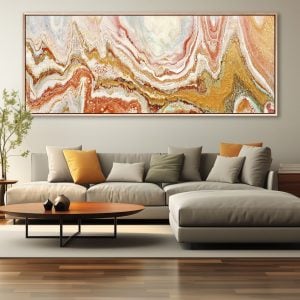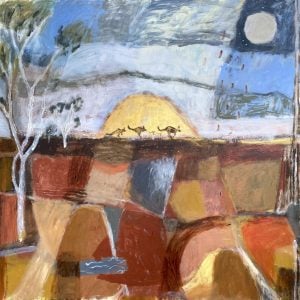How To Paint a Horse
The Spring Racing Carnival has begun, signalling the start of Melbourne Cup Fever. With horses on the mind, this is the perfect time to spotlight the genre of equine art. It’s not just horse lovers who admire the detail and spirit of these animals – anyone can appreciate the sheer beauty of these magnificent creatures.
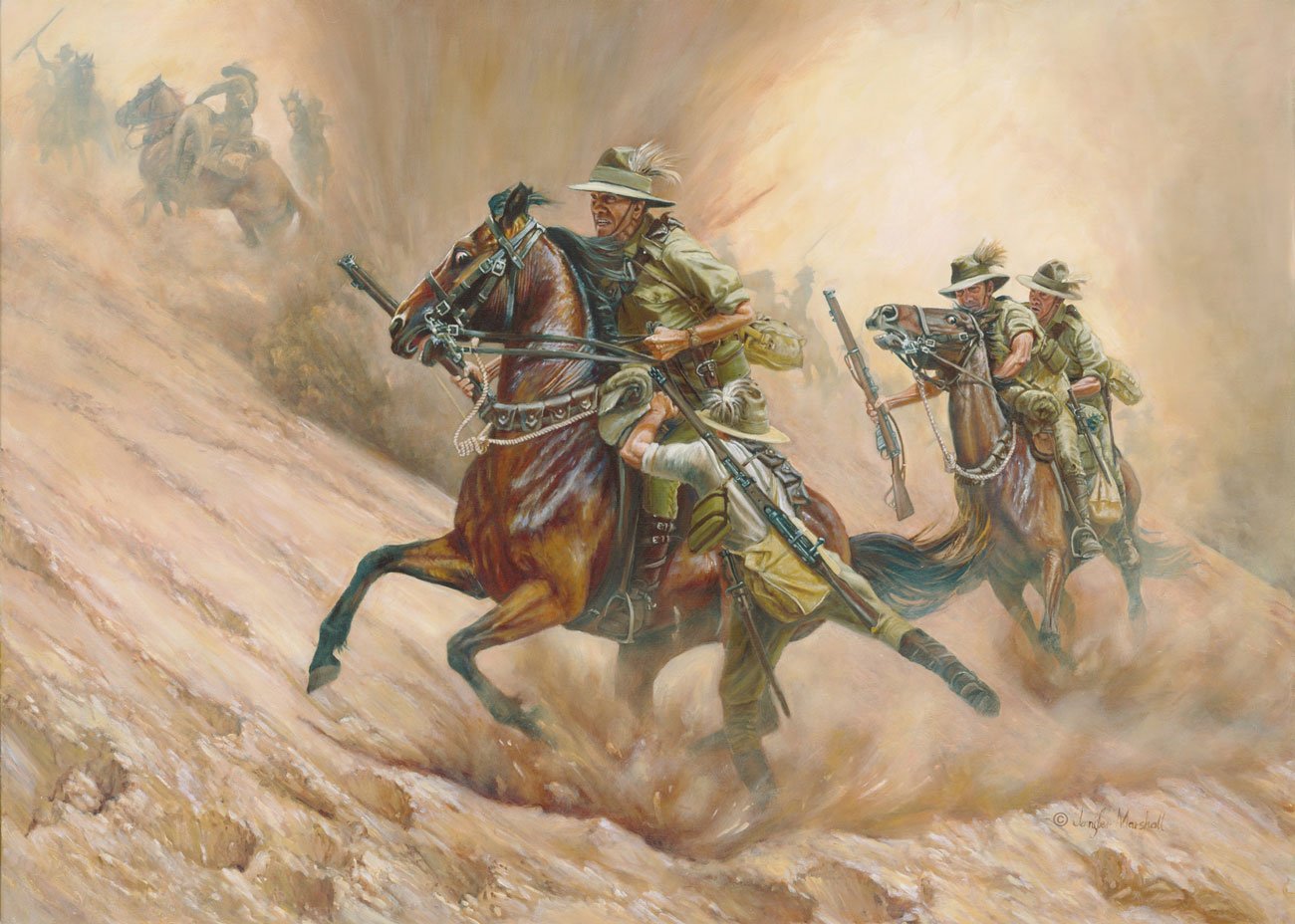
Rescue and Retreat by Jennifer Marshall.
I love painting thoroughbreds. They are the supermodels of the horse family, striking a pose the moment a camera points at them. I regularly visit stud farms, stables and racetracks with my camera in tow, aiming to create unique reference photos. Each equine oil painting takes me countless hours to complete as I focus on accurately depicting their intricate anatomy. It’s all worth it when I perfect the magical sparkle in their eyes and their personality shines through.
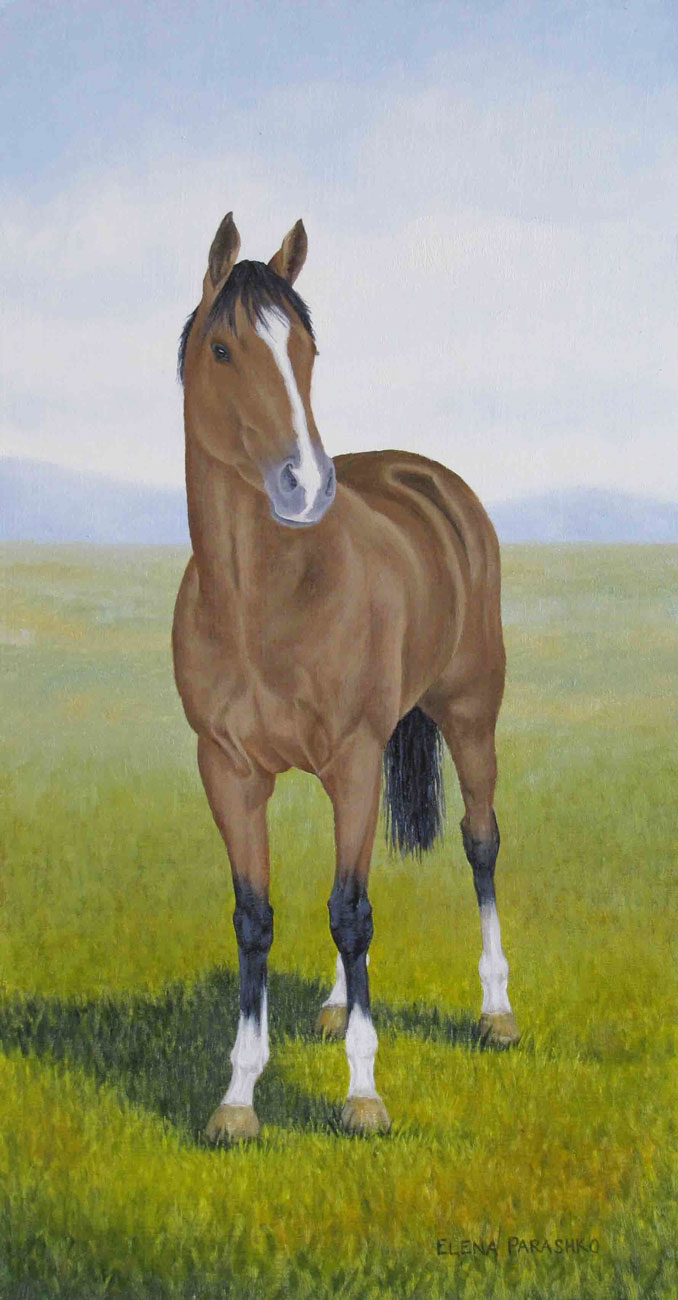
Born to Run was painted after I visited Reavill Farm. At stud farms it’s wonderful to see foals with their mothers just waiting for their turn to shine, and the weanlings already racing each other for fun. It’s like they know they are born to run.
I am often asked how I created a work of art, so here I would like to share the step-by-step process I used for “Race Day”. This was my approach, though every artist paints in their own way.
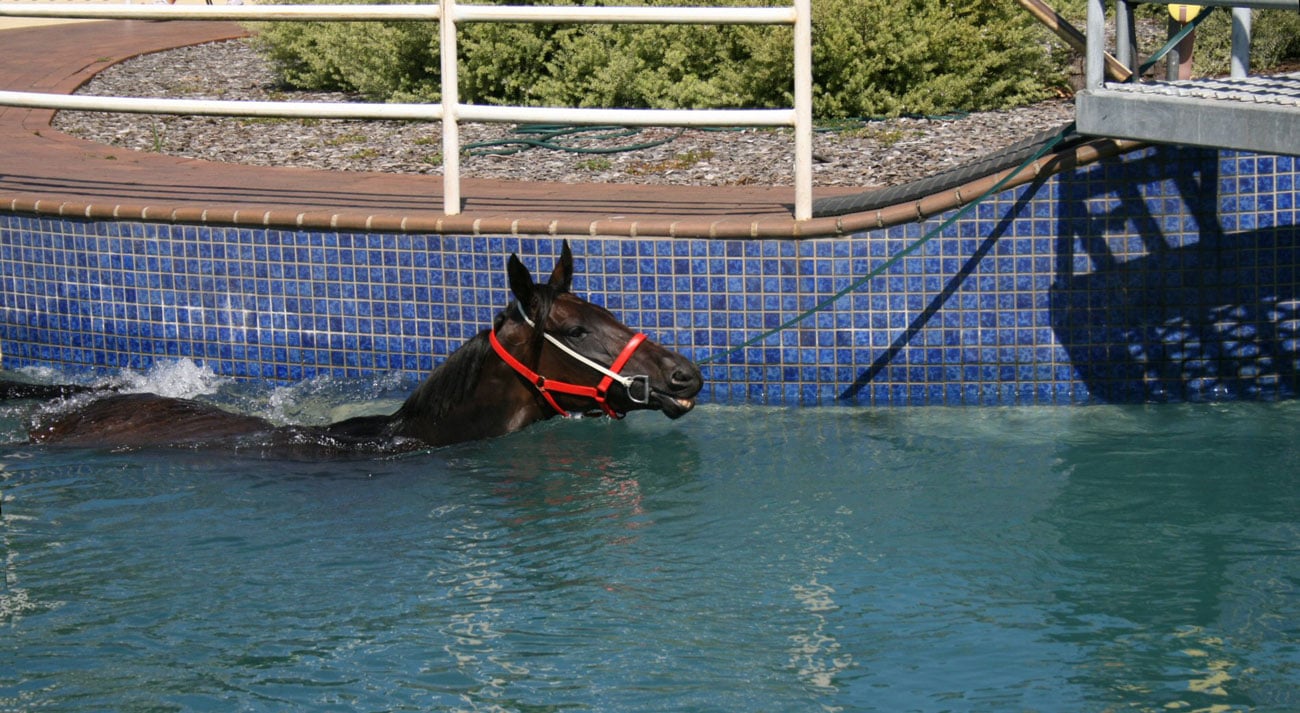
A horse training in the equine pool to condition its limbs and build strength.
Race Day was inspired by a visit to the stables of renowned Australian trainer Gai Waterhouse at Randwick Racecourse. She is a very gracious and lovely lady. I was honoured to watch her horses train on the track and in the equine pool.
1. Reference Photo
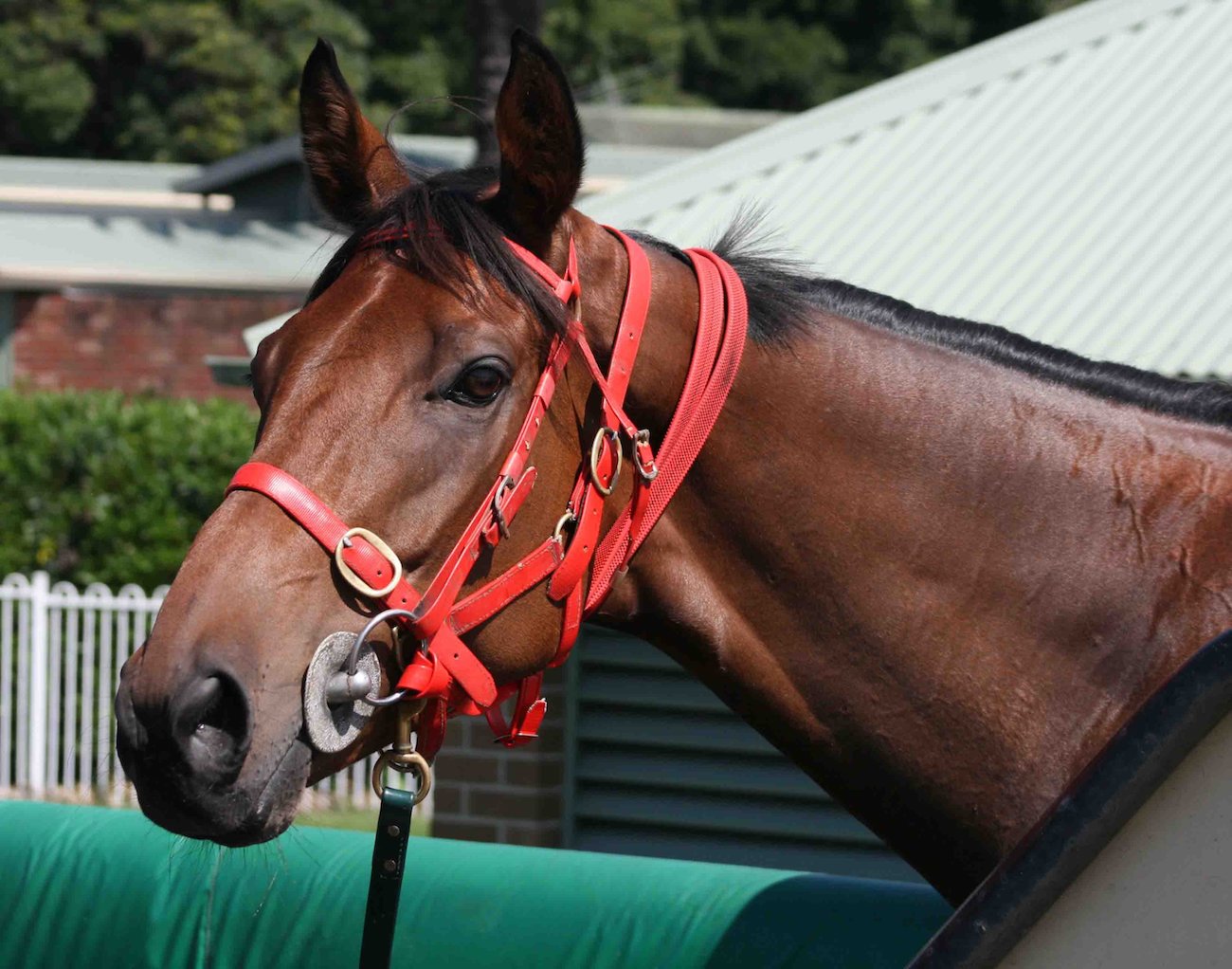
The reference photo I used to paint Race Day.
I was captivated when this thoroughbred gracefully looked straight into the camera, making eye contact with me before plunging into the equine pool. However, two things in this photograph were a distraction – the overly complicated training bridle and the unappealing background. I therefore decided to paint a simple racing bridle and to superimpose him onto a racetrack. To make this adjustment in composition, I needed more reference photographs of a racing bridle and the track at Randwick Racecourse.
2. Background
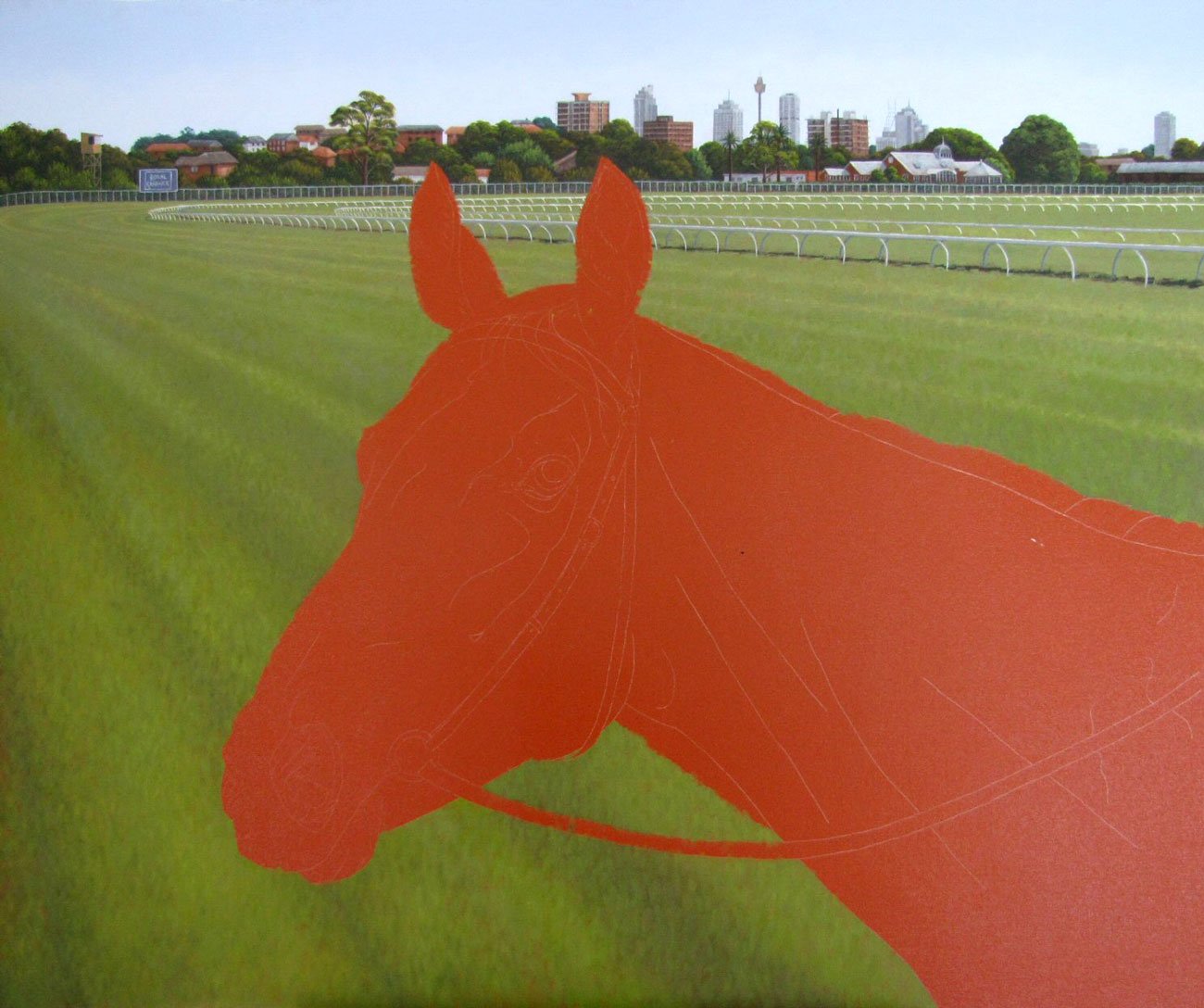
The race track backdrop.
I covered the canvas with light red oxide paint to give a lovely warm glow to the painting. When this was dry I painted the sky; city skyline in the far distance, the unit blocks and trees of the surrounding suburb a bit closer and finally, the the jockey club and rails of the racecourse. To create a sense of perspective, the patterns of parallel lines mowed into the turf recede into the distance.
3. Undercoat
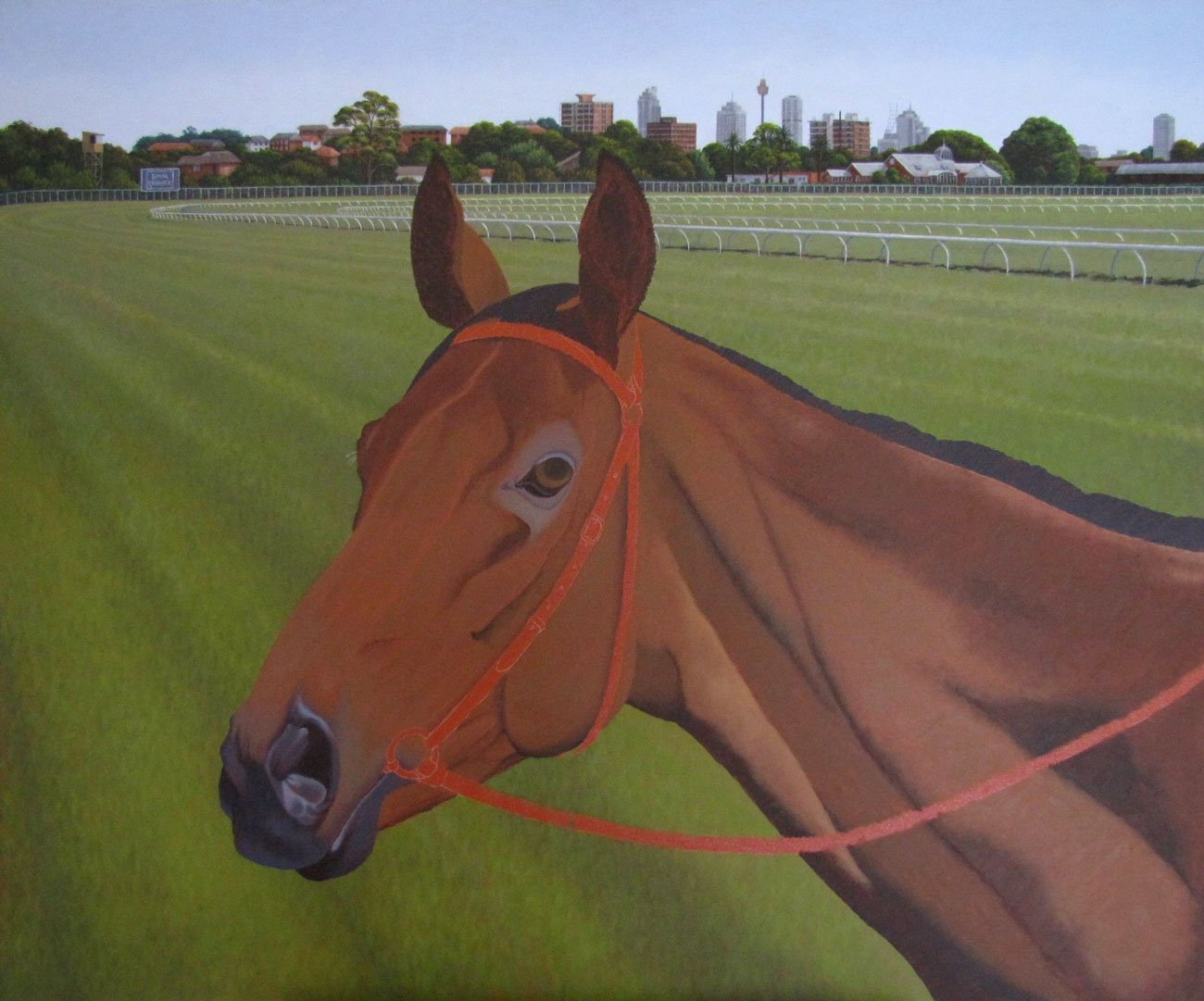
Underpainting for the horse in greys and browns.
The first stage of painting the horse involved roughly blocking in the shadow colours. I studied the photograph closely for accuracy in the shape of underlying muscle and bone. His mane, muzzle and area around the eye are basically grey. For the coat, I made a range of browns.
4. Detailing

Painting in the details of the ears, muzzle, eyes and bridle.
Detailing is the really fun part where the horse starts to come to life. I started with the muzzle, refining the shape of all its interesting contours with medium then light shades of grey. Some smooth blending allowed the merging of the grey muzzle with the brown coat so there is a seamless transition between these areas. Details of whiskers and bumps were added last.
When painting the eyes of a horse, it’s important to note that the pupil is elongated like a cigar shape and not circular, as you might expect. Many people also don’t notice the reflection of the sky above the racetrack in the eye. To complete the coat, I blended highlights into the areas of strongest sunlight and added veins for realistic detail. A very fine brush was used to paint the hairs of the mane. I repeated the brown coat colours in the leather of the bridle and the greys of the muzzle in the metal of the bit and buckles.
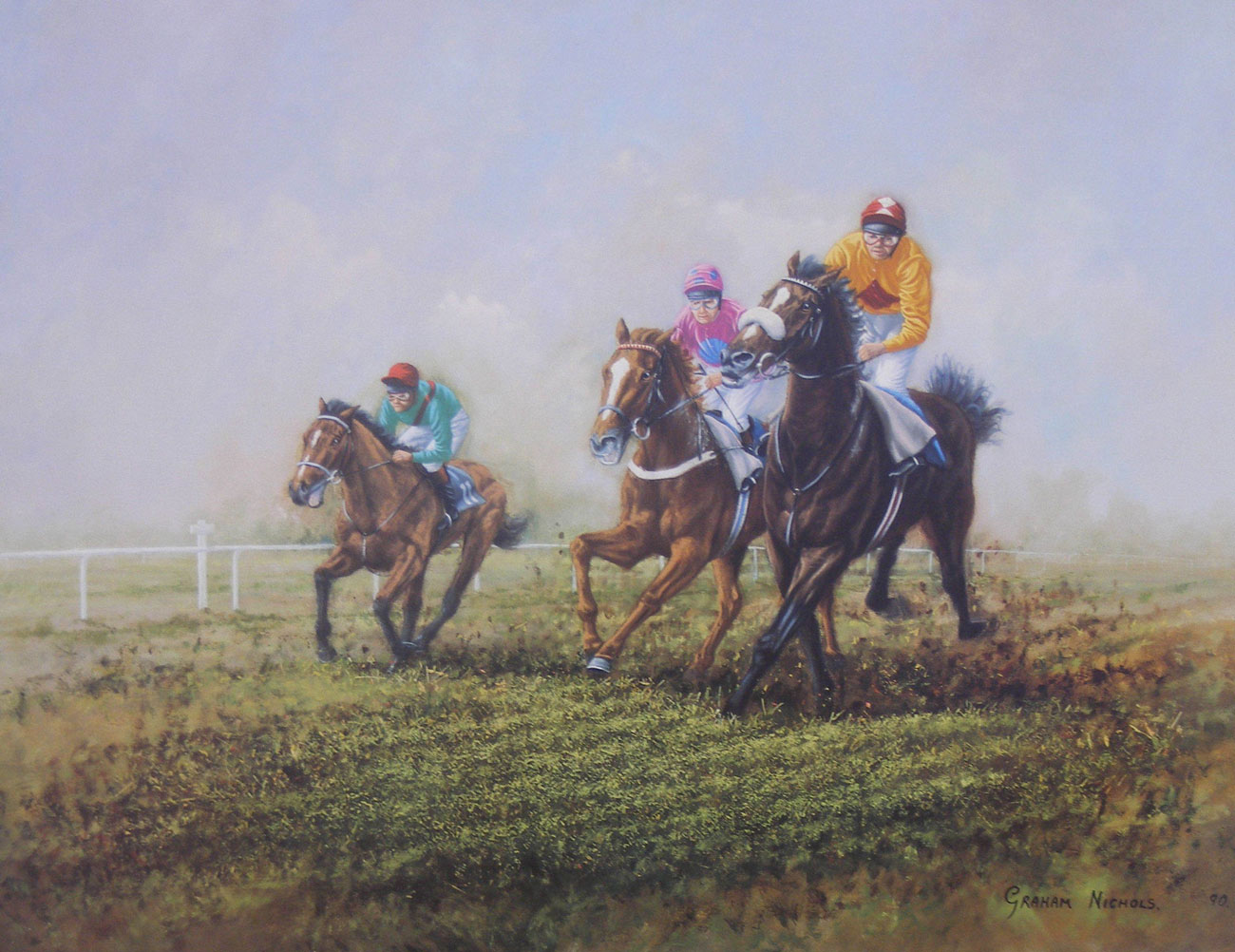
Three Abreast by Graham Nichols.
Horse art has been around since our prehistoric ancestors painted images of early horses on cave walls. Throughout the ages, equine art has reflected our relationship with this animal – from food source to worker, in sport, as a companion and even in mythology.
Contemporary artists are just as varied in their interpretations of the horse. From abstract to realism, in rich colours of paint to simple monochrome graphite drawings, they capture the many characters that horses embody. There are many artists on Bluethumb who I admire with different approaches to mine, such as Jos Coufreur and Jennifer Marshall.
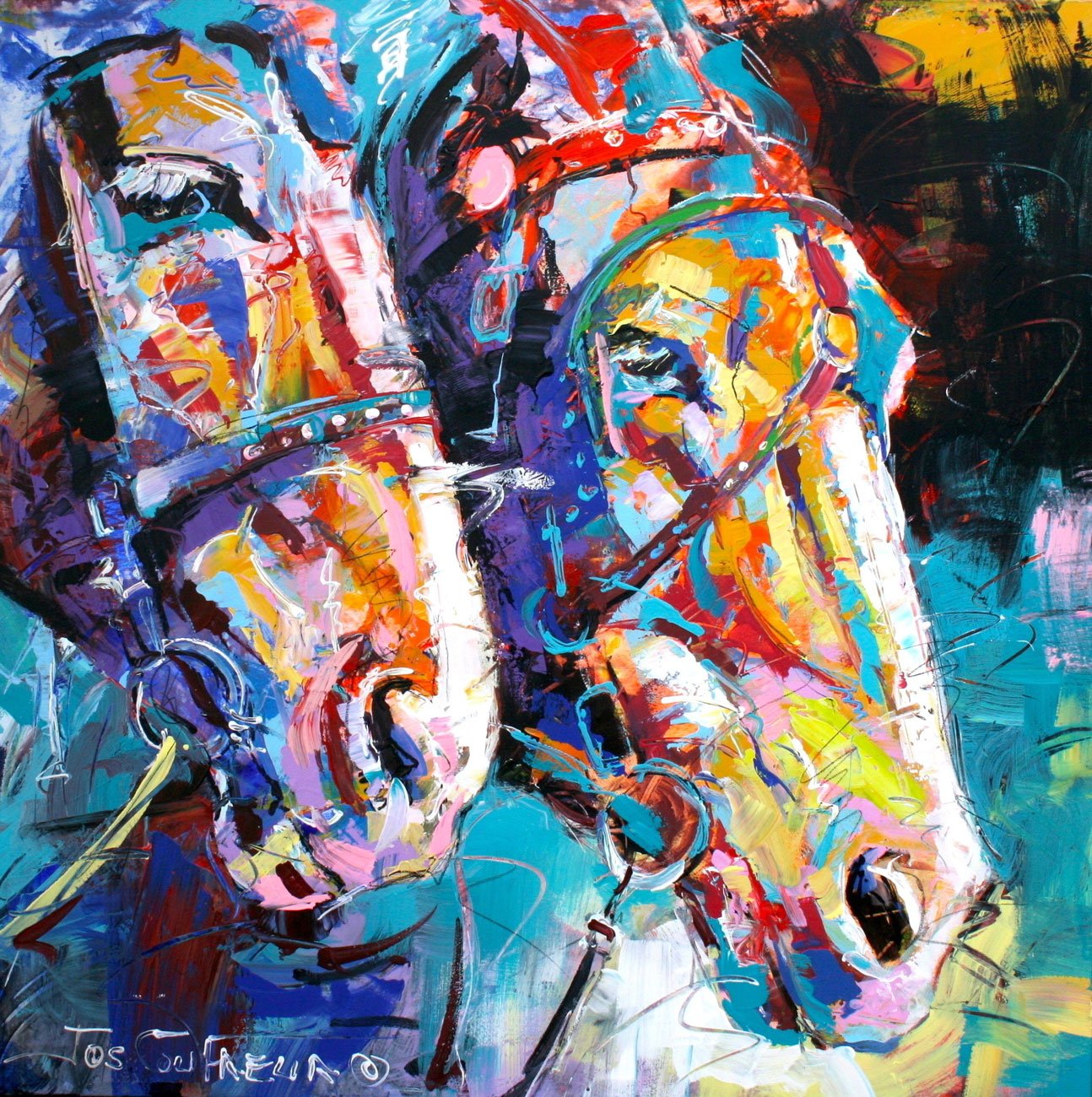
Draught Horses by Jos Coufreur.
Author Biography
Elena Parashko is an award-winning artist, writer and teacher. Her artwork is held in private and corporate collections and galleries throughout Australia and overseas. As a trained teacher with a Bachelor of Education and Masters in Adult Education, Elena is a regular international tutor of art in Fiji, Tahiti, Bora Bora, Hamilton Island, Norfolk Island and the Maldives.
Elena is a writer for Leisure Painter magazine in the UK and Professional Artist magazine in the USA. She is the author of the empowering book, Survival Guide for Artists: How to Thrive in the Creative Arts, for all creative people wanting to live the life of their dreams. For your nearest stockist contact National Art Materials P/L in Australia on 0397203322 or email: sales@nationalart.com.

